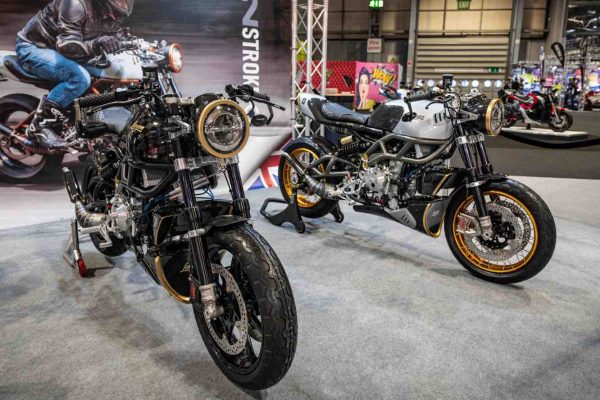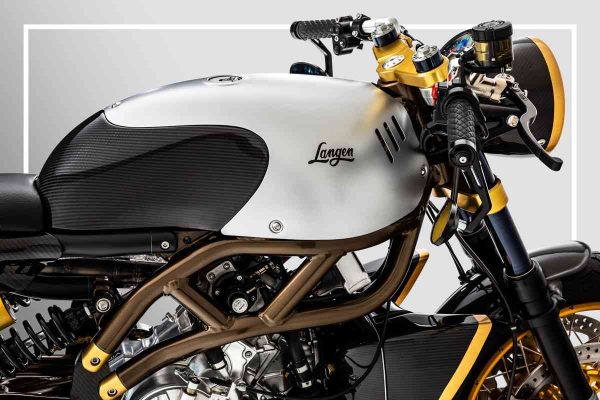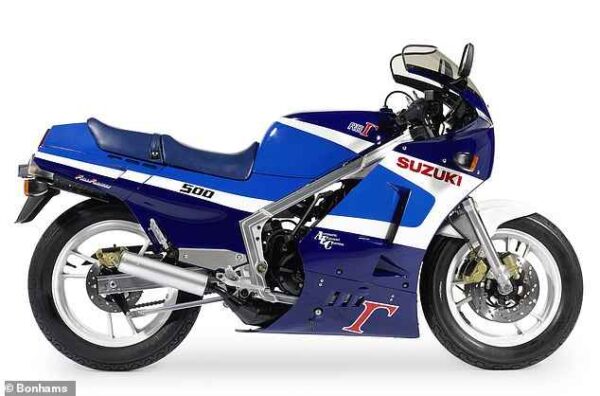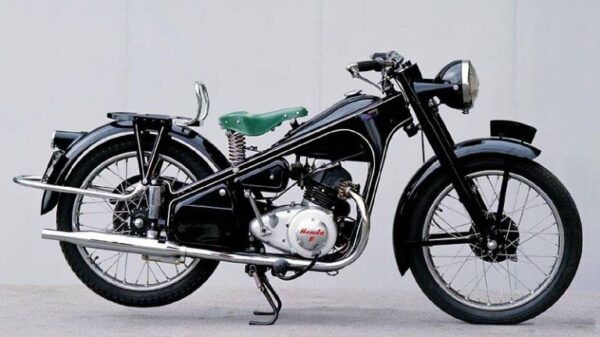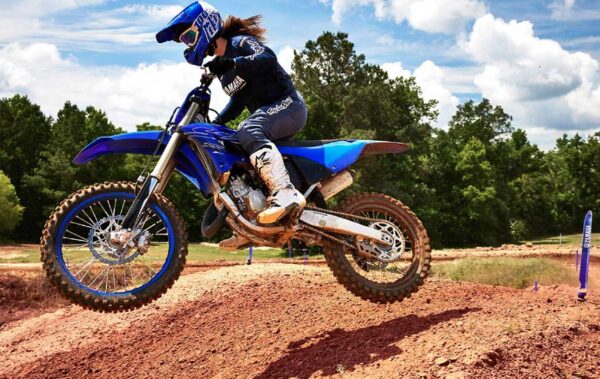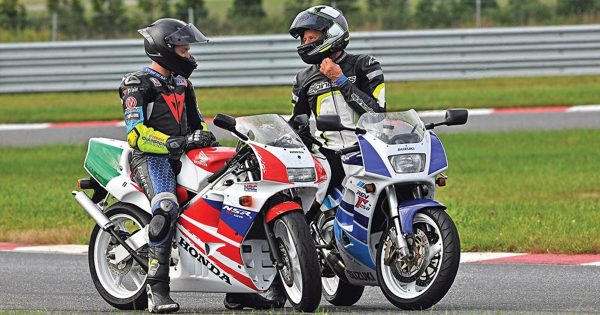Limited Edition Langen Two Stroke: last few slots
With even more orders being taken, only the last few build slots remain for the limited edition Langen Two Stroke – only 100 will be made. The team from Langen Technology Limited (Langen), one of the leading automotive engineering and development companies specialising in low volume motorcycles, has returned from an extremely busy 9 days at Motorcycle Live at the NEC Birmingham. Visitors and the media flocked to the see the first two customer bikes being unveiled to their respective owners before being centre stage on the Langen stand. Both bikes represent great examples of the bespoke nature of working with the technical team at Langen to achieve the ultimate motorcycle, tailored to the customers exact specification and aspiration. The first Langen Two Stroke customer motorcycles unveiled at Motorcycle Live The first two customers who chose VIN’s 13 and 59 are about to take delivery of their Langen Two Stroke machines having been part of the display at Motorcycle Live at the NEC last month. Langen received an exceptional response to the bikes on display from both the media and visitors, with many quoted as saying that “the Langen Two Stroke was the best-looking bike at the show”. Discover more at: https://www.langenmotorcycles.co.uk/ Video: Peter, proud new owner of bike number 13, said on seeing his machine for the first time “I was overjoyed and it felt like being 18 again without the cost of a divorce!” but on a more serious note, added “I was over the moon with the full experience of the Langen team the little subtle changes I made to the design turned out better than expected, it is more than just a motorbike – it is more a work of engineered art.” David, proud new owner of bike number 59, said on seeing his Langen Two Stroke – “I […]
Limited Edition Langen Two Stroke: last few slots Read More »

